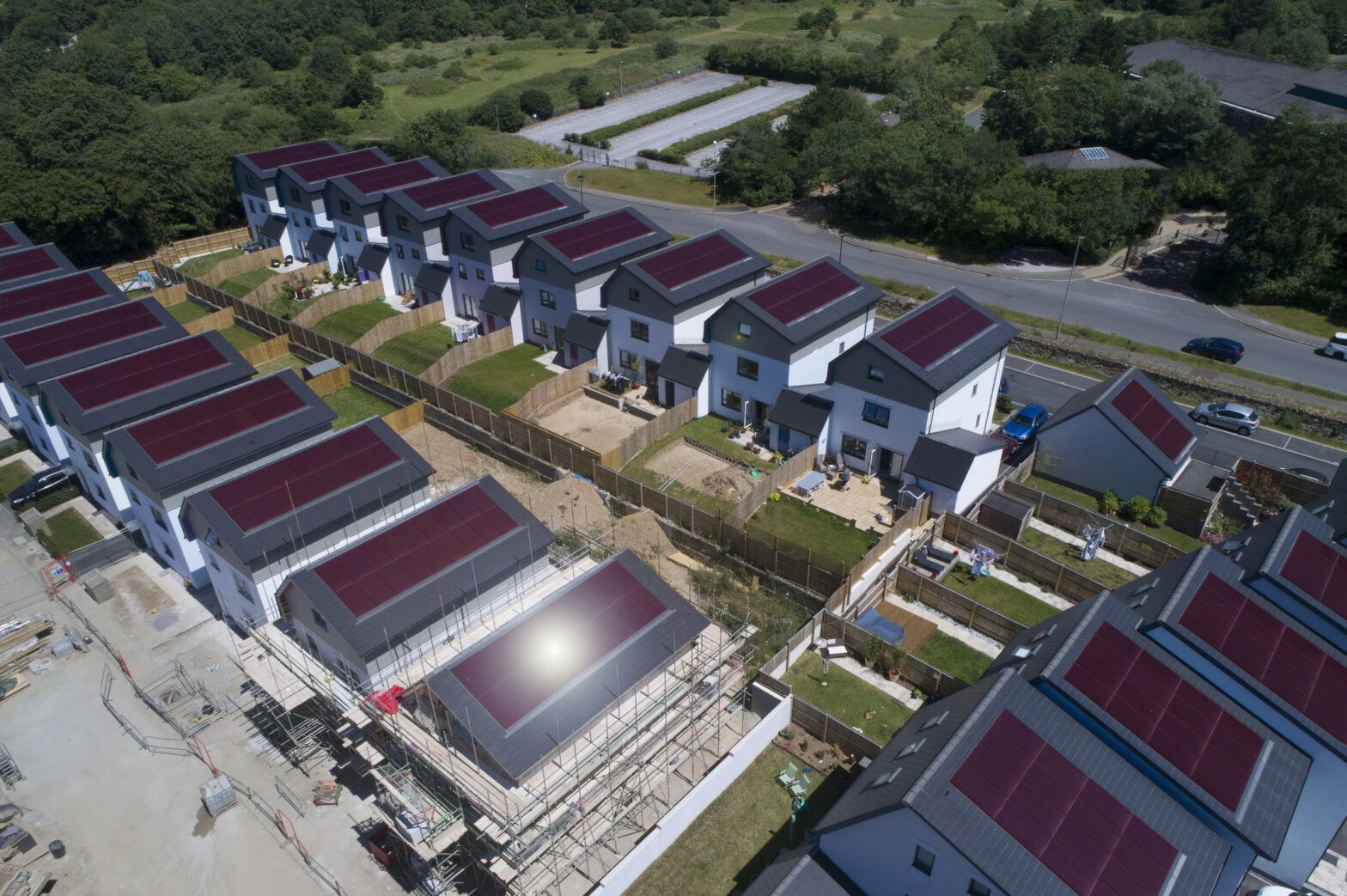While ESG factors are considered for corporate and sovereign debt, MSIM said they have been largely neglected when it comes to mortgage and other asset-backed securities.
It will become increasingly a priority for research analysts to also consider sustainability factors when evaluating risks and opportunities for securitisation, Navindu Katugampola, global head of sustainable investing for fixed income at MSIM told FSA.
“We see it as a progression through asset classes within fixed income. First it was corporate credit, now we see the sovereign credits increasingly communicating about their sustainability profiles, and securitisations are clearly next,” said Katugampola.
“Because of the significant portion taken up by securitisations in multi-asset portfolios, it is becoming more important to have sustainability guidelines applied,” he said.
Emerging trends
When homeowners invest in their property to improve sustainability, such as installing solar panels, it may take a long time for them to see returns from a lower utility bill. But Katugampola believes investors borrowing to improve their climate profile shows that they have a long-term commitment to their mortgages, which enhances their credit worthiness.
The other trend is more “inclusive housing development”. Although some may argue that making homes more assessable to lower income people may compromise credibility for the sake of equality, Katugampola thinks employment and education can be improved if a safe and secure home is made more available, and would improve the social factor in ESG investing.
Looking at the longer term, commercial buildings which are climate resilient are also likely to get an edge compared with other securitised assets. Katugampola said many commercial buildings already have a high standard in energy efficiency, so those which are designed to cope with extreme weather, typhoons, and flooding will be more attractive.
Avoiding risks
When incorporating ESG in securitised investments, investors should keep an eye on risks such as unorthodox lending practices, and climate resilience costs taking a long time to pay back.
The other risk is a significant information deficiency as the availability of data on sustainability is limited for the vast majority of transactions.
“Compared with corporate debt, which has an enormous amount of sustainability data, the amount of information we get from underlying loans and securitisation is much more challenging, which makes it difficult to make informed decisions,” said Katugampola.
Investors and asset managers often have to rely on third party data to learn about the ESG factors on the underlying loans, he added.
To tackle the risks, the fixed income expert hopes to see more information on the sustainability of underlying loans disclosed in a mortgage transaction, in addition to the information on the lending quality and the credit score of the borrower, which are readily available now.
Apart from the regulators and the authorities, Katugampola believes credit rating agencies can also play a part to improve the availability, transparency, and timeliness of sustainability data.
“When the credit rating agencies rate securitisations, they are also performing analysis and diligence on the underlying assets. It is appropriate for them to be evaluating sustainability aspects as well, and providing commentary on sustainability characteristics as well as the credit characteristics.”









